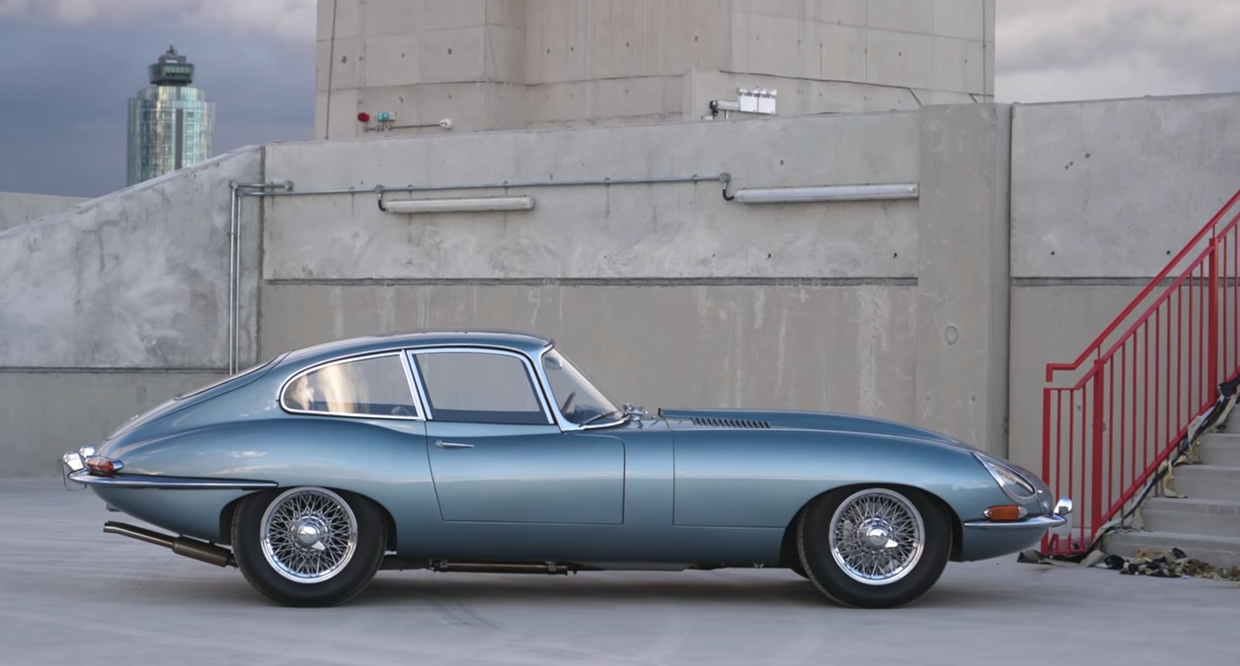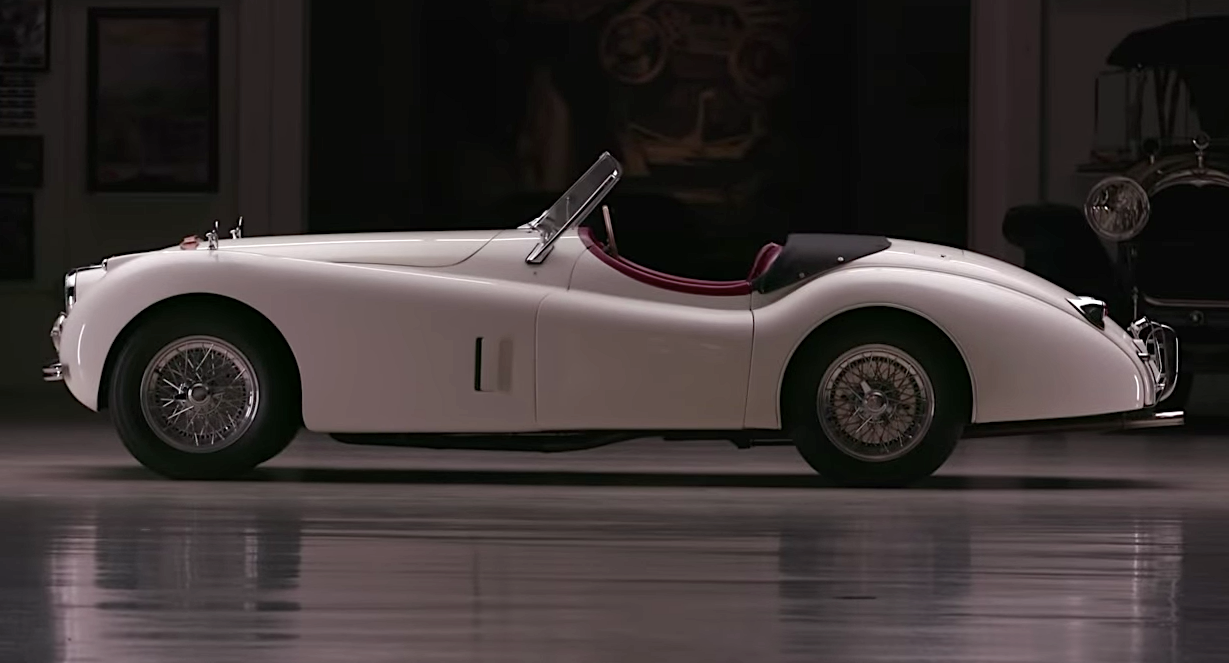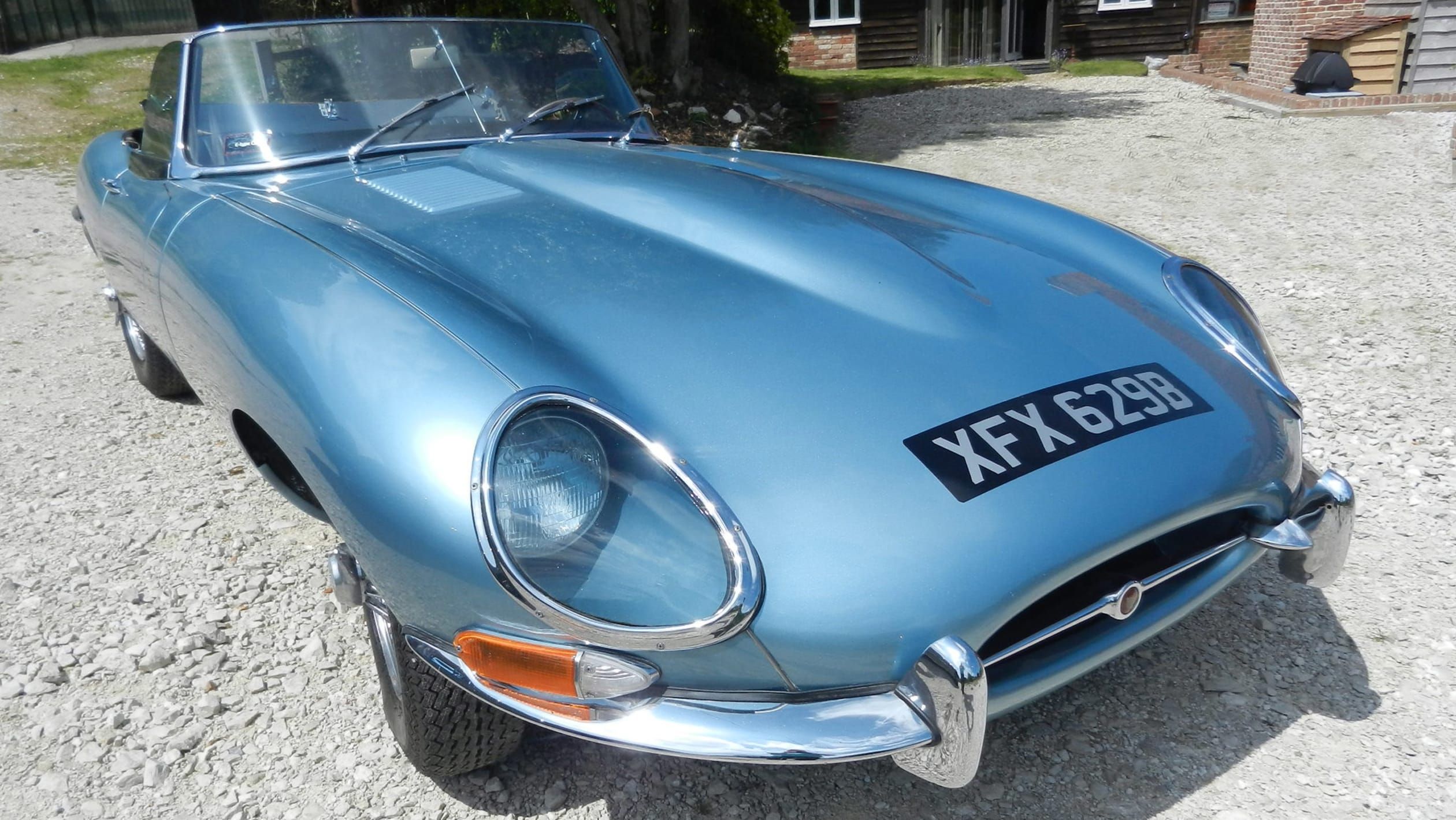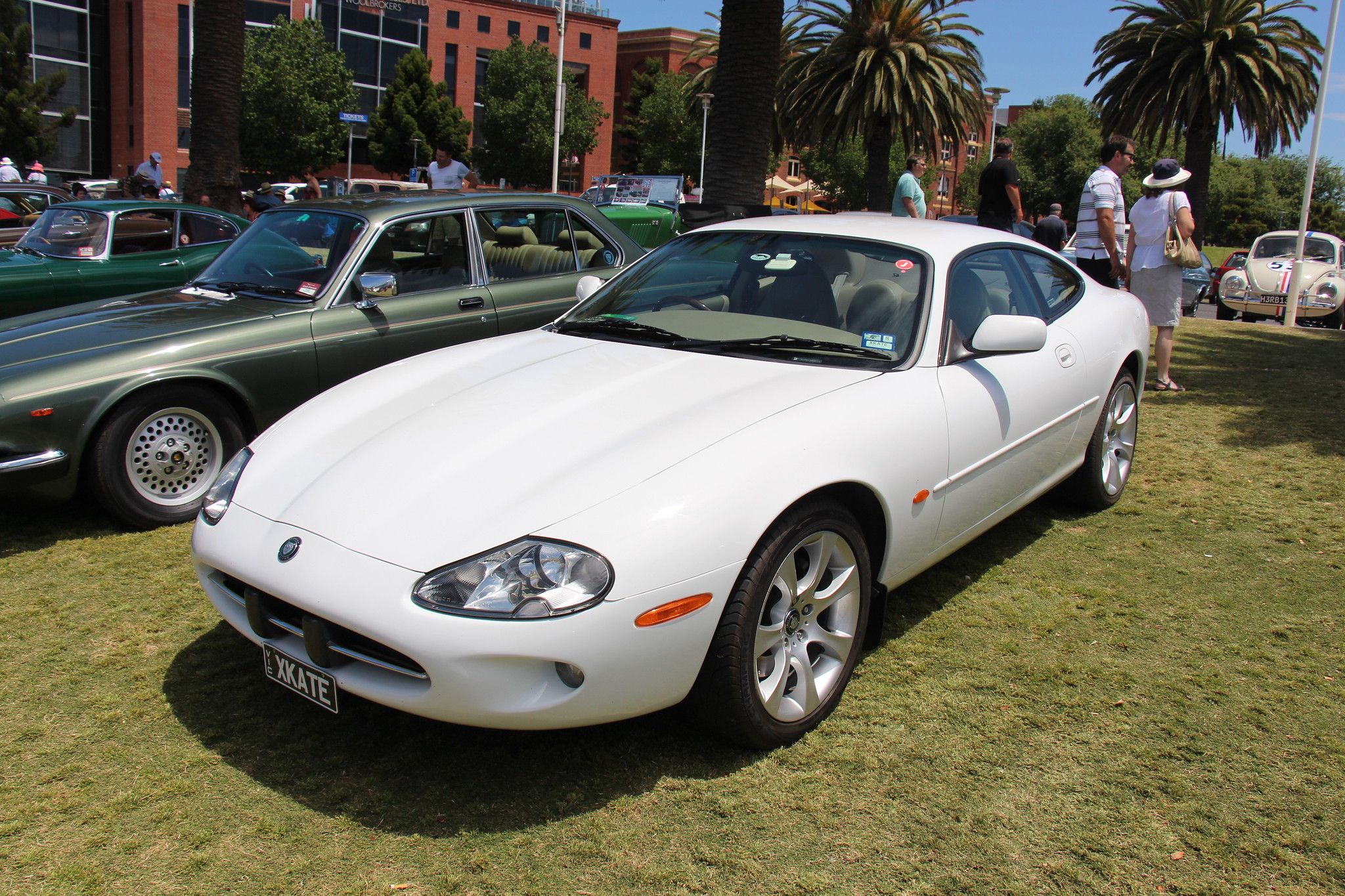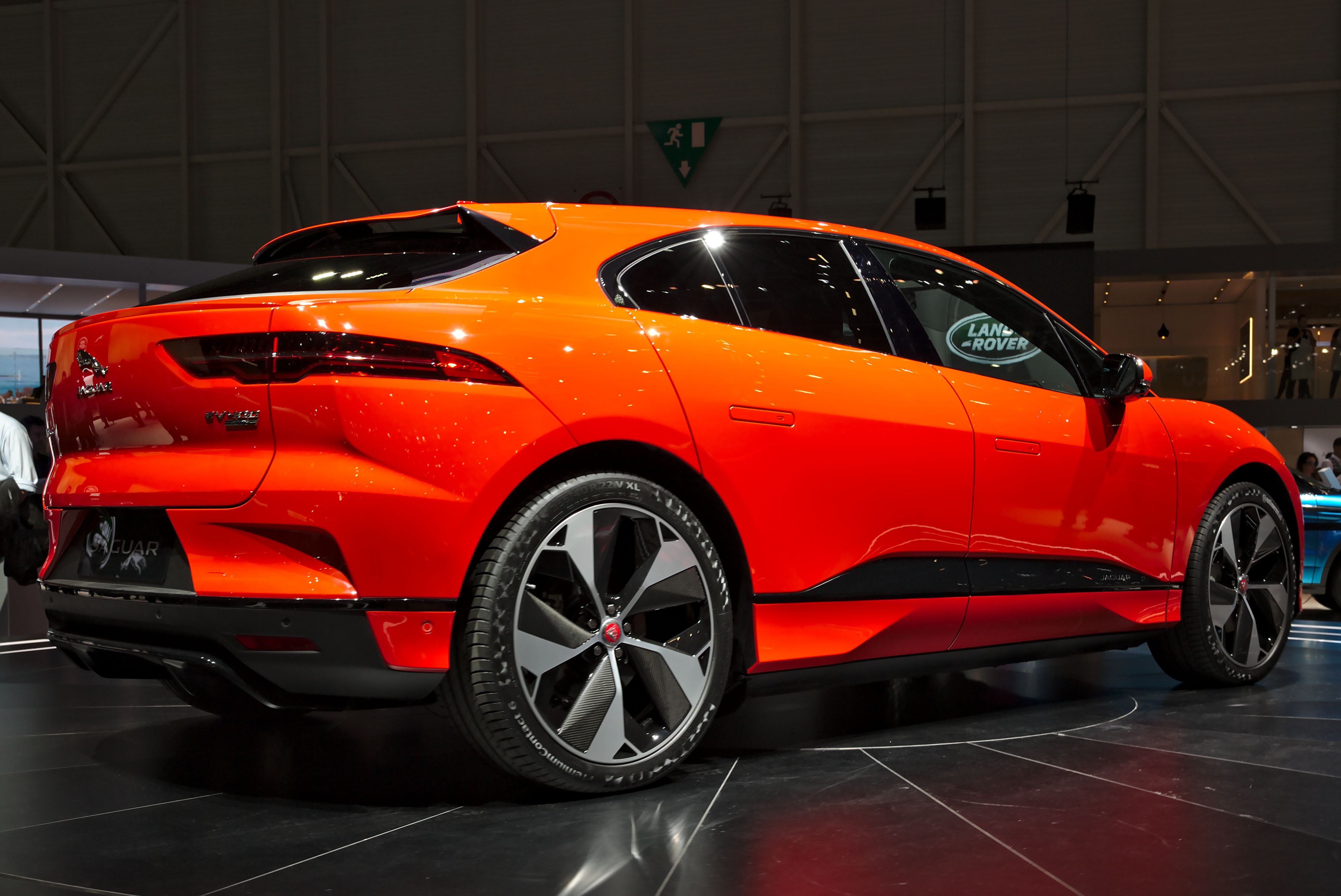The car of choice for film stars, racing drivers, and even bank robbers, Jaguar has forever been synonymous with glamour, luxury, high performance...and a little devilry.
Few marques can boast Jaguar’s rich racing legacy and design brilliance. The car company that won Le Mans seven times has also built some of the most beautiful and iconic sports cars the world has ever seen.
From the lithe XK120, the first entirely new car produced by Jaguar after WWII, to today’s raucously powerful F-Type, Jaguar boasts a list that would make most car manufacturers turn green with envy.
But crucially, the company whose slogan is ‘grace, pace and space’ was able to combine engineering innovation and stunning looks with affordability, something founder William Lyons primarily attributed to common sense and by not “throwing money about” carelessly.
Let's look back at some of the best Jaguar sports cars.
The road to success
When Jaguar launched the stunning XK120 at the 1948 British Motor Show, it had no idea it would cause such a sensation, mostly because the company was focusing just as much on developing the new power unit that was tucked underneath the car’s graceful lines.
With the XK engine, the XK120 became the world’s fastest production car, while the power unit would outlive the two-seater sports car and go on to power a host of Jaguar’s most successful vehicles.
The road cars rode on the back of Jaguar’s race track success, which saw the C-Type and D-Type win at the Le Mans 24-hour endurance race in 1951, 1953, 1955, 1956, and 1957.
The car that replaced the XK range, culminating in the XK150, is arguably the most revered shape in automotive history – the E-Type (known as the XK-E in North America).
Enzo Ferrari once famously said the E-Type was “the most beautiful car ever made”, but there was a lot more to the car than just its sexy looks. With a claimed 150 mph top speed, unitary construction, disc brakes, sophisticated all-round independent suspension, and rack-and-pinion steering, the E-Type trounced its competitors when it was unveiled at the Geneva motor show in 1961.
Styled by Malcolm Sayer, a former aeronautical engineer, the Series 1 E-Type carried not an ounce of extraneous metal, and with its sensuously long bonnet and flared wheel arches, it was not only aerodynamic, but gorgeous to look at.
However, what truly set the cat among the pigeons was a bargain price of £2,197 ($5,620 in the U.S.). To give an idea of how cheap that was, it undercut the Aston Martin DB4 by a third, yet was more than two seconds faster 0-60 and had a superior top speed.
The E-Type evolved over the years, with engine size increasing from the 3.8 liters straight six in the Series 1 and 2 cars to the last of the line – the creamy-smooth V12 that powered the more muscular Series 3.
Although it was not a sports car in the true sense, the MKII sedan - surely one of the most beautiful family cars ever built - is worth a mention if only because Britain’s underworld favored it in the 1960s.
Thanks to its superb handling, power, and performance-enhancing disc brakes, it became the getaway driver’s car of choice for bank heists. The ‘bad ass’ villain tag evidently stuck, as it was exploited years later in a series of TV ads starring British actors Ben Kingsley, Mark Strong, and Tom Hiddleston.
Bumps on the road
Jaguar’s low point came when the company was merged with the state-owned BL in the late '60s. More than 15 unhappy years followed, marked by low investment and a drop in build quality. Yet Jaguar was still able to produce world-leading cars like the XJ6 sedan, which spawned an elegant coupé version noted for its pillarless construction and the fact that it was the last car Lyons had a hand in designing.
The E-Type proved so successful that its successor, the XJS, never quite won people’s hearts, despite being an excellent long-distance tourer and becoming far more successful on the race track.
It also enjoyed a far longer production run, but its ungainly looks – surely a first for Jaguar - failed to convince the public. Fortunately, the car that replaced the XJS was a return to form for the marque, styling-wise.
Soft-riding express train
The XK8 was much closer to the E-Type’s design ethos, with its curvy lines and design cues, even if it was more of a soft-riding express train. Once again, Jaguar undercut its closest UK rival Aston Martin, which had earlier launched the stunning DB7, by charging £35,000 ($54,000) less for what was a coupe that shared the same platform and overall looks.
The new coupe (and roadster) handled superbly and stuck to the road like a limpet, yet the ride remained composed and civilized. The second-generation car, dubbed the XK, was 20% lighter and 50% stiffer than the outgoing XK8. And when the XKR-S GT version was launched, it was one of the most powerful sports cars in the world, thanks to a 5.0-liter engine that produced 542bhp and more than 500lb-ft of torque.
But it was not until the arrival of the F-Type that Jaguar built the E-Type’s spiritual successor. It was also the firm’s first mainstream two-seater in years (the XJ220 and XJ15 don’t count as they were niche hypercars).
The F-Type’s rasp-and-pop exhaust note alone was enough to put the frighteners on passers-by, but there was substance behind the theater. When launched, the coupe and roadster could rival the best Porsche, BMW, and Audi could offer, whether it was with the now-defunct 2.0-liter base model, or in supercar guise with the supercharged V8 under the hood.
The cat’s whiskers
In between producing mainstream sports cars, Jaguar occasionally pulled out all the stops to deliver uncompromising hyper-cars, even if they invariably failed to generate enough money to warrant long production runs.
The jaw-dropping list includes the XKSS, the XJ13, and last but not least, the XJ220. Hollywood’s hottest star of the ‘60s, Steve McQueen, regularly tormented the LAPD by giving them the slip at the traffic lights in his XKSS, which he nicknamed ‘Green Rat’.
His scrapes with LAPD’s finest became the stuff of legend, with the chief of the police department reputedly offering a steak dinner to any officer who could nail him. It was all in vain - McQueen was never caught.
Leaping into the unknown
Like all car manufacturers, Jaguar is facing tough challenges, not least the decision to go all-electric from 2025. The firm has already set out its stall with the award-winning I-Pace and, before it, the dazzling C-X75 concept car, surprise surprise – featured as the baddie’s chase car in the James Bond movie Spectre. It was a return to celluloid form for the marque, as a heavily modified XK8 convertible appeared ten years earlier as the villain’s car in the 007 film, Die Another Day.
Jaguar’s ability to claw back sales in the wake of the Covid-19 pandemic while fending off stiff competition from Germany’s best will be another huge test, but the manufacturer with the leaping cat logo has faced sterner challenges in the past.
If innovation, stylish performance, and sensible pricing worked for Jaguar then, there’s no reason why it can’t work five years from now.

